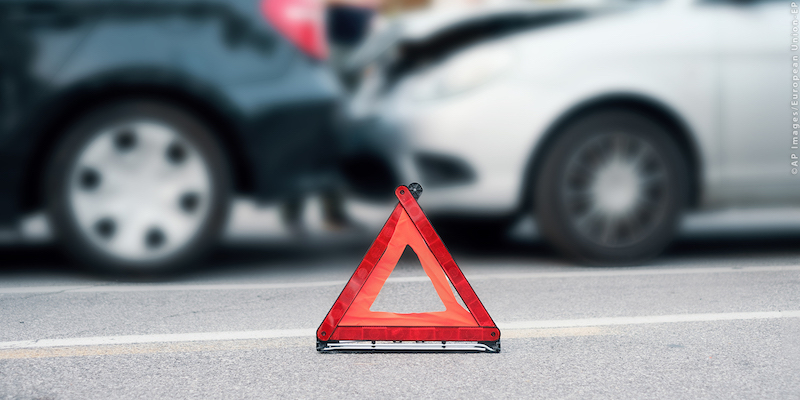
Efficient roadworthiness tests will improve road safety on Europe’s roads
The European Parliament adopted the report on the implementation of the road safety aspects of the roadworthiness package in 2021. As a rapporteur, I was able to improve the text on several points, and therefore, I would like to highlight the efforts that have already been made.
In 2019, 22,800 people were killed in road accidents across the European Union. These lethal accidents have many different causes. One of these causes is a technical failure. Vehicles with technical defects are responsible for about 5% of road accidents and poor maintenance for 4%.
To achieve its “zero” objective (for zero road victims by 2050), the European Union must work on all aspects of road safety, such as harmonising the technical inspection of vehicles. To achieve this goal, the European Union adopted the “Roadworthiness” package in 2014.
This package consists of three directives:
1. periodic technical inspections,
2. vehicle registration documents,
3. technical roadside inspections of commercial vehicles.
After adopting the package, the European Parliament analysed the harmonisation in the transposition of this package. One of the main questions is to which extent the implementation has led to common standards and comparable levels of road safety.
In this report, we noticed that the Member States made significant efforts in this sense and improved the harmonisation of procedures between the Member States, which is undeniably a positive evolution.
However, specific issues still need to be tackled. For example, Member States need to improve the exchange of information to protect consumers and to improve road safety in Europe.
Moreover, Member states should tackle the coordination of European countries in road controls and the training of the inspectors in the new technologies in new vehicles.
If we want to reach the ‘zero’ objective in 2050, we must work on all causes of lethal accidents. However, we cannot neglect that many measures should be taken at the national level, such as the fight against excessive speed, drink-driving and distractions.
Currently, the regulations which apply to two-wheelers stipulate that the “technical inspection” to vehicles with speed greater than 25 km/h and belonging to the categories referred to in directives 2002/24/EC, 2003/37/EC and 2007/46/EC, in particular, from 1 January 2022, two- or three-wheel vehicles – vehicles in categories and sub-categories L3e, L4e, L5e and L7e, with an engine capacity greater than 125 cm³. Nearly twenty countries have already introduced this motorcycle CT for vehicles over 125 cm³. Others have also implemented it for motorcycles under 125 cm³.
By establishing an exceptional regime, the Member States may exclude from the application of this Directive vehicles, registered in their territory, of categories L3e, L4e, L5e and L7e, with an engine capacity of more than 125 cm³, where the Member State has put in place alternative road safety measures for two- or three-wheeled vehicles. But only if they take the relevant road safety statistics for the last five years into account.
Member States may also introduce national requirements for roadworthiness tests for vehicles registered in their territory which do not fall within the scope of this Directive and for the vehicles referred to in the previous paragraph.
For this reason, two-wheelers of all categories are already tested in some countries. However, in analysing the implementation of the roadworthiness directives in Europe, the request to include new types of vehicles in these periodic checks emerged. All the other political groups called for the automatic inclusion of all 2 or 3-wheelers, regardless of their engine capacity.
Even if the Parliament wants this type of control to be harmonised throughout the country for those over 125 cm³ and even if I think that periodic controls are not the most appropriate response to road safety (I have defended the proposal for reinforced roadside checks for two-wheelers over 125 cm³), we have fortunately succeeded in having the issue of controls for those under 125 cm³ studied on the basis of data on road accidents and cost-benefit factors.
This year, Parliament has looked at the overall road safety policy in the Union. In the future, more investment will also be needed in infrastructure that would improve road safety, focusing on the areas with the highest number of accidents.
Safe vehicles and infrastructure will be the basis for sustainable and intelligent transport.

